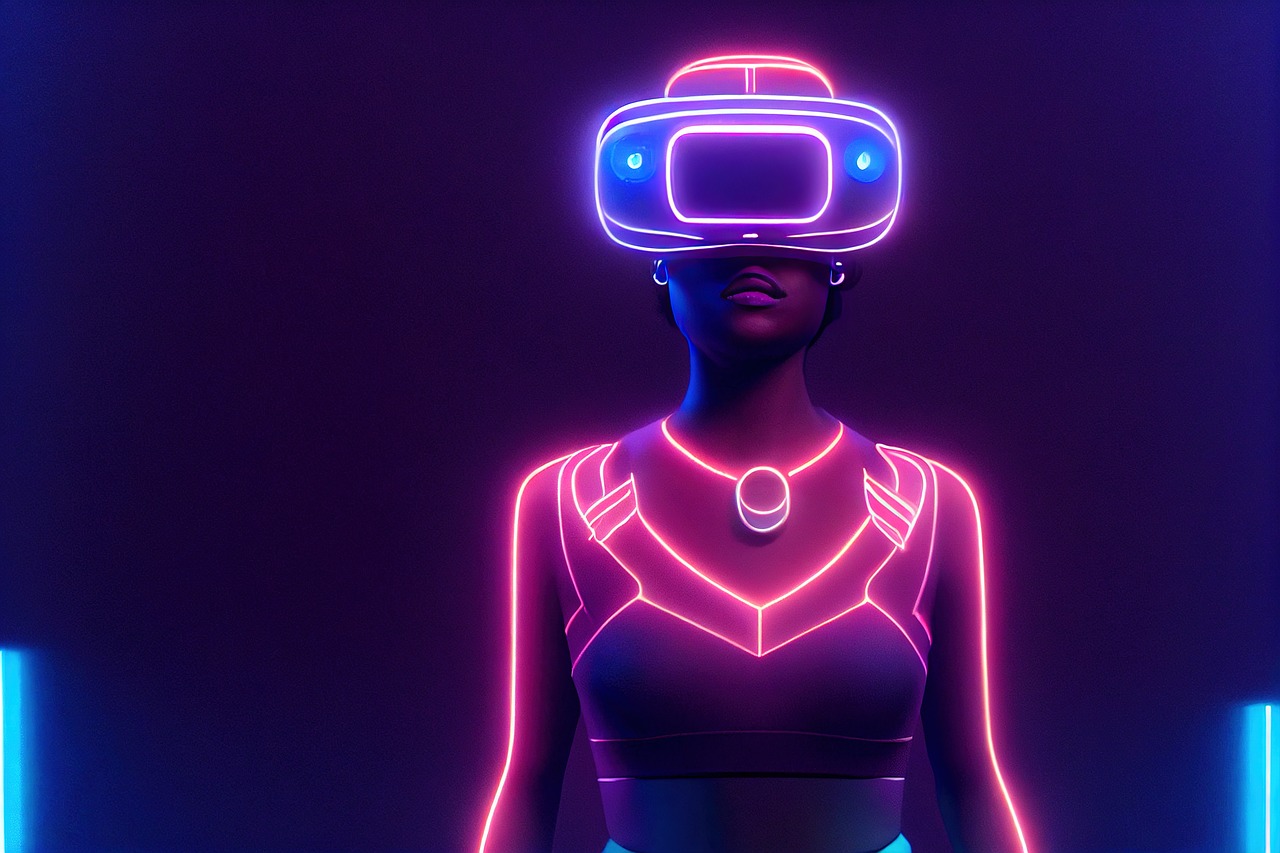Virtual reality training tools have redefined the way individuals and organizations approach education, skill development, and workplace training. By leveraging immersive VR technology, businesses are able to create highly engaging, realistic learning environments that enhance retention, improve performance, and reduce risks associated with traditional training methods. As industries seek more innovative and effective ways to upskill employees, virtual reality training tools stand out as a transformative solution.
Contents
The impact of virtual reality on training and learning
Virtual reality training tools offer a unique, immersive experience by simulating real-world environments in a controlled, virtual space. Unlike conventional training methods, VR allows learners to interact with a dynamic digital environment, enabling hands-on practice without exposure to physical risks or limitations. These tools are particularly beneficial in industries where safety, precision, and technical expertise are critical, such as manufacturing, healthcare, aviation, and construction.
One of the greatest strengths of VR training lies in its ability to replicate complex, high-stress scenarios that would be costly, dangerous, or impractical to recreate in the physical world. For instance, employees in hazardous environments can practice emergency procedures, equipment operation, or risk mitigation strategies in a virtual setting. This approach not only enhances learner confidence but also ensures they are better prepared to handle real-life challenges.
In addition to safety and risk reduction, virtual reality training tools improve engagement and knowledge retention. Research has shown that immersive learning experiences activate multiple senses, making the learning process more effective and memorable. By placing learners directly into the action, VR minimizes distractions and creates an environment conducive to focus, practice, and mastery.
Key features of modern VR training tools
Virtual reality training tools are equipped with a variety of features that make them adaptable, scalable, and effective for organizations of all sizes. Platforms like Mazer offer highly customizable training modules that cater to industry-specific needs, ensuring that learners receive targeted and relevant instruction. These tools can simulate complex workflows, equipment usage, and emergency scenarios, enabling employees to practice skills in a risk-free virtual environment.
Interactivity is at the heart of VR training tools. Learners can manipulate objects, navigate virtual spaces, and complete tasks in real-time, which enhances muscle memory and improves skill acquisition. High-fidelity simulations ensure that every detail, from visual elements to realistic sounds and user feedback, mirrors real-world conditions. This level of realism fosters practical learning experiences, allowing trainees to bridge the gap between theory and application.
Additionally, virtual reality training tools often come equipped with analytics and performance tracking features. Employers can monitor individual progress, identify skill gaps, and measure key performance metrics in real-time. This data-driven approach ensures that training programs remain effective and can be continuously improved to meet evolving organizational needs.
Advantages across industries
Virtual reality training tools have proven to be versatile and impactful across a wide range of industries. In healthcare, for example, VR enables medical professionals to practice surgical procedures, patient care, and diagnostics without risk to patients. Similarly, in manufacturing and construction, workers can train on heavy machinery, safety protocols, and assembly processes with zero downtime or operational disruptions.
Corporate environments are also increasingly adopting VR training tools for soft skills development, including leadership training, conflict resolution, and communication. By simulating real-world interactions, employees can hone interpersonal skills in a judgment-free virtual environment.
Conclusion
Virtual reality training tools are reshaping the future of learning by offering immersive, engaging, and cost-effective training solutions. With the ability to replicate realistic environments, enhance skill acquisition, and provide measurable results, VR technology has become a critical asset for organizations striving to optimize their workforce. Platforms like Mazer exemplify how virtual reality is not only bridging gaps in education and training but also empowering learners to excel in their respective fields. As industries continue to embrace innovation, VR training tools will remain at the forefront of modern learning, transforming the way we develop skills and achieve mastery.


Leave a Reply